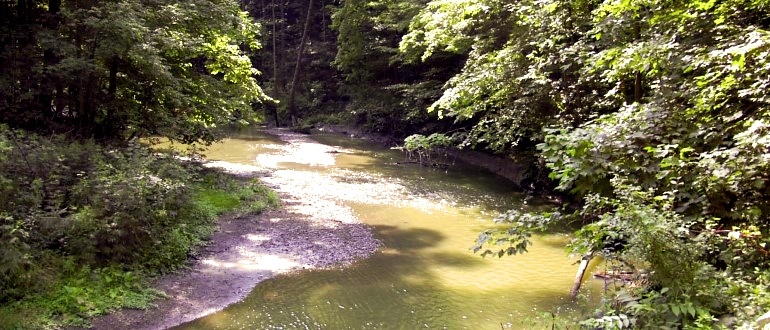This past summer, the Michigan Department of Environment, Great Lakes, and Energy (EGLE) announced grants totaling nearly $5 million for projects that will regenerate Michigan lakes and streams by implementing watershed management plans.
These grants will help restore impaired waters and protect high-quality waters by reducing nonpoint sources of sediment, nutrients and other contaminants.
The organizations and projects selected to receive implementation funding:
- Michigan State University Extension: $199,836 to implement agricultural best management practices and facilitate outreach and education efforts led by local farmers in the St. Joseph River Watershed, a tributary to Western Lake Erie;
- Land Conservancy of West Michigan: $217,433 to stabilize streambanks, implement storm water best management practices and daylight a portion of Indian Mill Creek to reduce sudden changes in flows and sediment loading downstream;
- Watershed Center Grand Traverse Bay: $747,271 to implement green infrastructure practices in a parking lot in the Kids Creek Watershed to reduce storm water impacts to the flow rate. A study in Mitchell Creek will also be conducted to identify sources and causes of a newly identified E. coli impairment;
- Grand Traverse Regional Land Conservancy: $402,436 to permanently protect a 330-acre property covering 18,000 feet of river and lake frontage in the Platte River Watershed with a permanent conservation easement;
- Calvin University: $806,346 to implement streambank stabilization, install green infrastructure practices, host educational events and conduct monitoring in the Plaster Creek Watershed where impacts from sedimentation and sudden changes in flow rates have impaired aquatic life;
- Bay County Health Department: $600,947 to address sources of E. coli in the Kawkawlin River watershed by identifying, mapping and addressing failing septic systems;
- Shiawassee Conservation District: $436,136 to address sources of nutrients, sediment and E. coli by implementing cover crops, filter strips, no-till and nutrient management practices in the Upper Looking Glass River, a watershed impaired by high levels of E. coli;
- Huron-Clinton Metropolitan Authority: $300,000 to install native plantings and acoustic deterrents to reduce E. coli levels at Lake St. Clair Metropark Beach where excessive wildlife congregate. A study will document before and after levels of E. coli to measure the impacts of these practices;
- Friends of the Rouge: $397,702 to implement green infrastructure practices and reduce impacts from storm water runoff in the highly urbanized Tonquish Creek, a subwatershed of the Rouge River; and
- Van Buren Conservation District: $855,153 to implement agricultural best management practices, including cover crops, filter strips and drainage water management, in the Paw Paw River to address sources of E. coli, sediment and nutrients. Measurable water quality changes as a result of this project will be documented through monitoring.
These grants are funded through the federal Clean Water Act – Section 319 and the Clean Michigan Initiative – Nonpoint Source Pollution Control Grants Program.
Photo of Tonquish Creek courtesy of Friends of the Rouge.
Learn more about the grants, which are offered via an annual request for proposals.

